At first glance, the Starling Twist is so skinny that it’s almost invisible. Take a closer look and you’ll find some beautiful details. Evidently steel, does the Twist use its slender form to its advantage?
Click here for an overview of the 3 interesting steel enduro MTBs on test
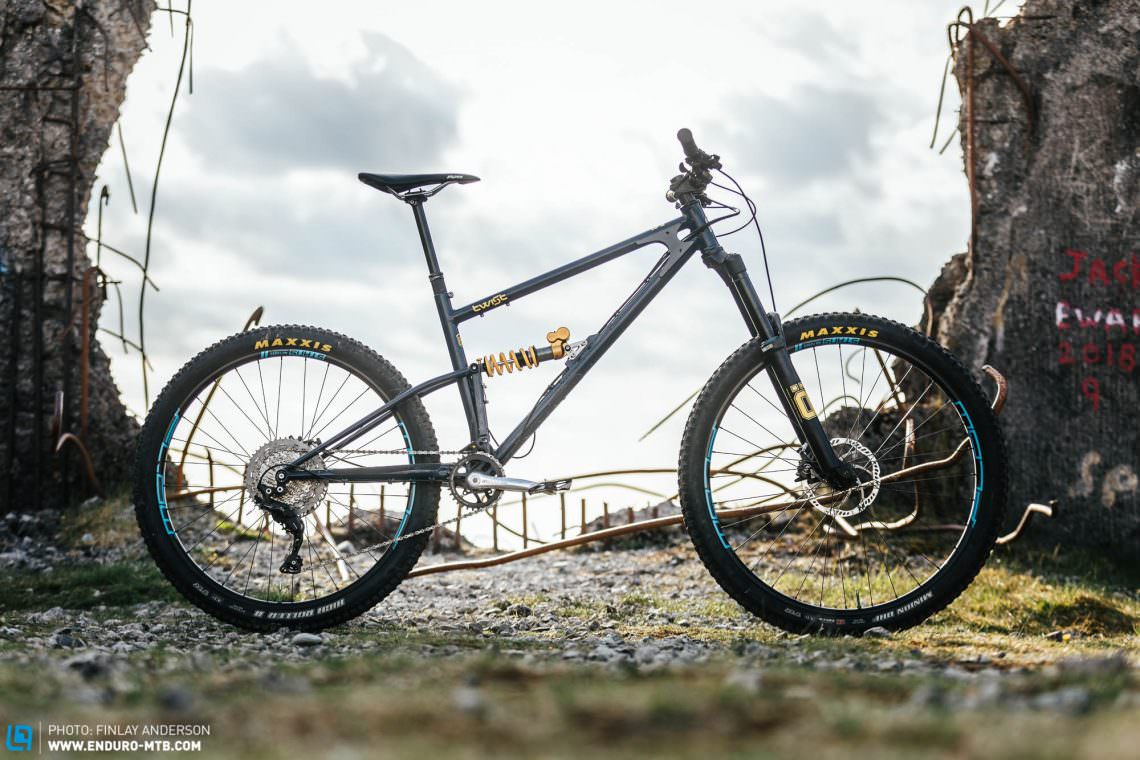
15.90 kg in size L | € 5,226 | Manfacturer’s website
We understand the appeal of mullet bikes, which blend the stability of a 29” front wheel with the nimbleness of a 27.5” rear one. With a 29” Murmur and 27.5” Swoop already in the lineup, it was perhaps unsurprising to see the new, mulleted Twist roll off Starling’s UK-based production line. In keeping with the bespoke aesthetics, Starling’s front triangles are handmade in Bristol from Reynolds 853 steel, while the rear swingarms are made by ORA Engineering in Taiwan.
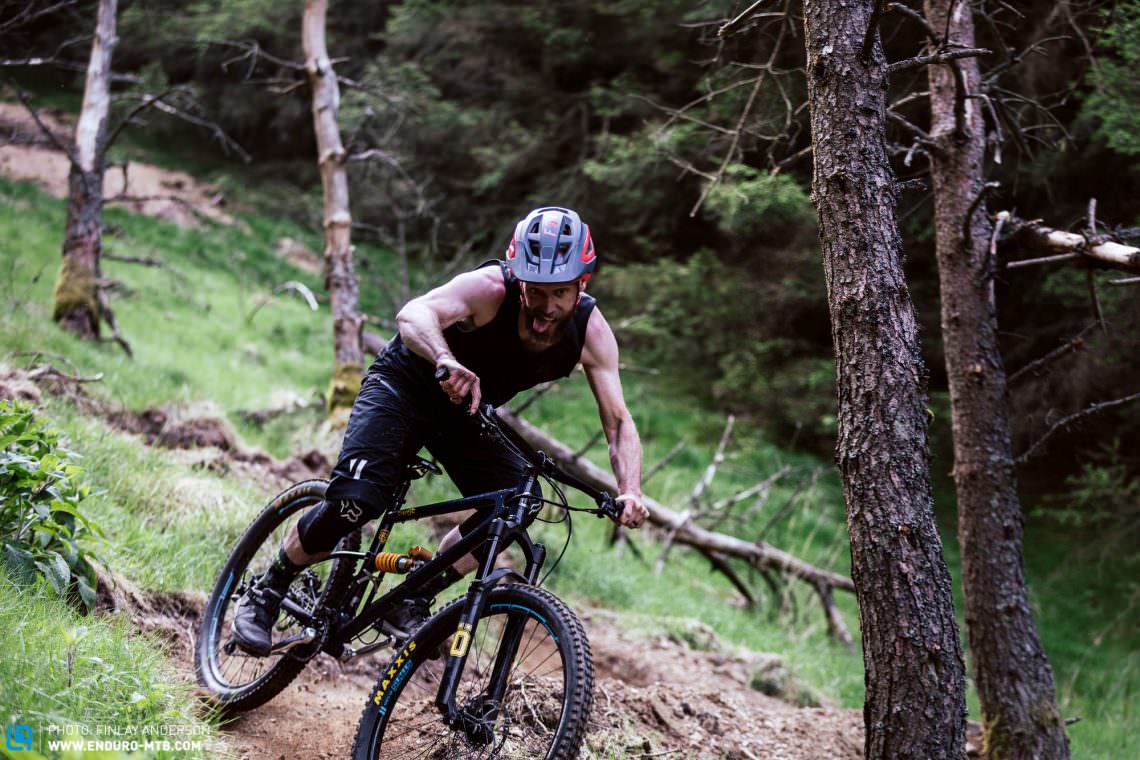
The Starling Twist in detail
The bike features 160 mm rear travel and is designed around a 160–170 mm fork. The Twist features an adjustable shock mount which allows up to 10 mm of position adjustment, providing for a 130–160 mm rear travel range and correspondingly, 10 mm of bottom bracket height adjustment and 1.3° of head angle adjustment, depending on the shock length fitted. The frame has space for a 200 mm rotor at the rear and generous clearances for tires up to 2.8” wide. The overall finish of the frame is beautiful, especially details like the tiny starling cutouts on the industrial-looking gussets. However, we were surprised at the tight seat tube that made adjusting the seat post hard. Starling knew we would test the bike hard and the € 5,226, 15.9 kg build we were sent doesn’t pull any punches with a 160 mm Ohlins RXF36 M.2 coil fork and Ohlins TTX22M coil rear shock. The drivetrain is a mixture of Shimano XT 11-speed and sexy Middleburn cranks, which complement the skinny steel tubes nicely. The bike rolls on Stan’s Flow rims and 2.3” MAXXIS Minion DHF/High Roller II tires with a CushCore insert front and back. The brakes are the ‘mullet’ MAGURA MT Trail with a quad-piston calliper on the front and twin-piston on the back, paired with 180/180 mm rotors. The build is finished with a BikeYoke REVIVE 165 dropper post and FUNN bar and stem.

The BikeYoke REVIVE dropper post is great. However, we did find the fit of the seat post inside the seat tube to be quite tight.
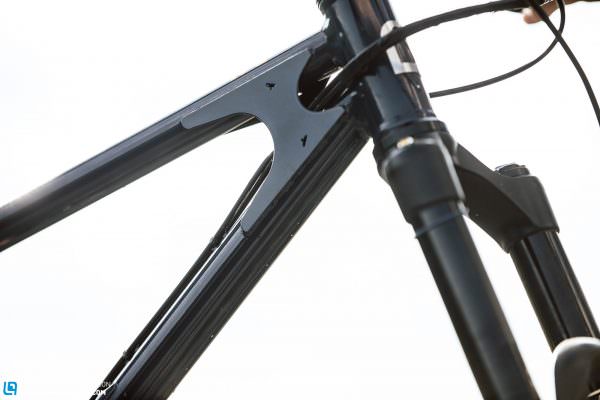
The overall finish of the frame is beautiful, especially the industrial-looking gussets with the tiny starling cutouts.

Even though it shouldn’t work on paper, the Ohlins TTX22M coil is a great pairing with the Starling Twist.
Starling Twist
€ 5,226
Specifications
Fork Ohlins RXF36 M.2 coil 160 mm
Rear Shock Ohlins TTX22M 160 mm
Seatpost BikeYoke Revive 165 mm
Brakes Magura MT Trail 180/180 mm
Drivetrain Shimano XT 1x11
Stem FUNN Funnduro 40 mm
Handlebar FUNN Kingpin 800 mm
Wheelset Stans Flow rims 29/27,5
Tires Maxxis Minion DHF/High Roller II 2,3"
Technical Data
Size M L XL
Weight 15.90 kg
Specific Features

The mullet MAGURA MT Trail Sport brakes feel underpowered on such a playful and hard-charging bike.
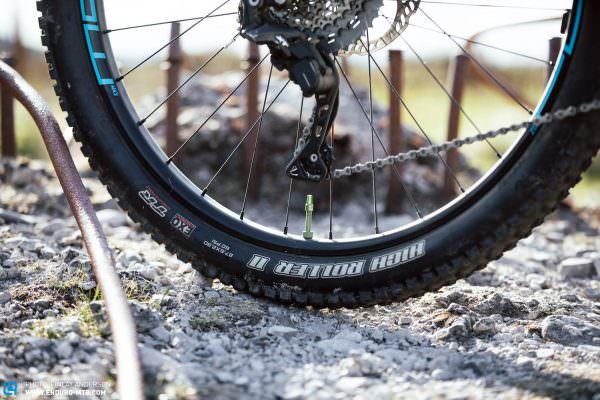
The back end is effortless to thread through turns, without any fear when the tail drifts loose.
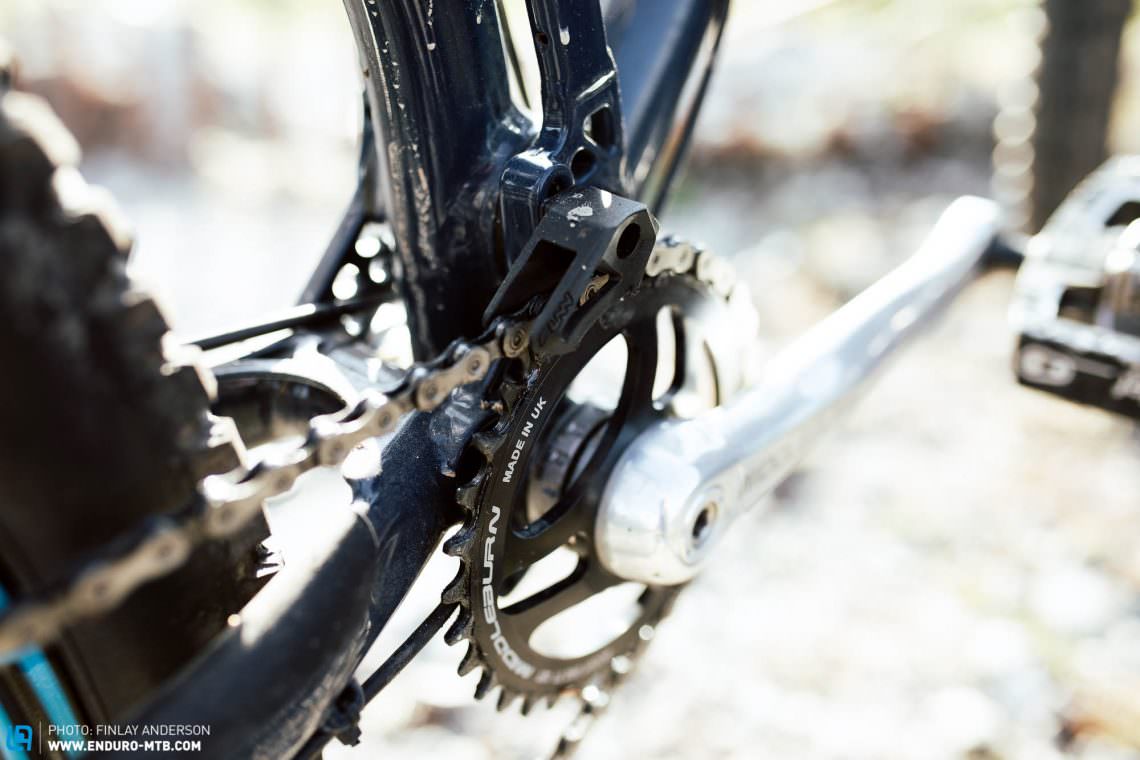
Rarely seen on a full-build bike, the Middleburn cranks look great and really make a statement.
Geometry of the Starling Twist
In contrast to its classic lines, the Starling Twist is bang up to date, with a long reach of 485 mm in size Large and a ‘sweet spot’ seat tube angle of 77°. The mullet design tucks the back wheel in tightly with 435 mm chainstays and is paired with a huge 38 mm bottom bracket drop and tall 632 mm stack. The head tube angle is 65° and the wheelbase is 1,250 mm. The short 440 mm seat tube length offers the option to fit a long dropper post or size up if you want that super long bike feeling.
Where the Starling Twist really shines is in locations where you don’t have mountains to play with, wringing out the maximum fun from every meter of the trail.
| Size | M | L | XL |
|---|---|---|---|
| Seat tube | 410 mm | 440 mm | 480 mm |
| Top tube | 596 mm | 628 mm | 663 mm |
| Head tube | 110 mm | 110 mm | 120 mm |
| Head angle | 65.0° | 65.0° | 65.0° |
| Seat angle | 77.0° | 77.0° | 77.0° |
| Chainstay | 435 mm | 435 mm | 435 mm |
| Wheelbase | 1,218 mm | 1,250 mm | 1,288 mm |
| Reach | 450 mm | 485 mm | 515 mm |
| Stack | 564 mm | 632 mm | 661 mm |

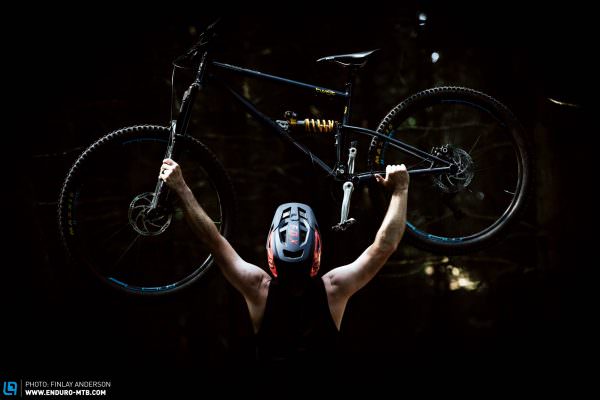
Twist and shout! Taking the Starling Twist to the trails
Before we’d even turned the pedals, the green valve stems, indicating front and rear CushCore inserts, gave us two vital pieces of evidence. One, that the bike is built for rowdy activities and two, that it’s not going to be that light. It’s a fact, at 15.9 kg the Starling isn’t going to skip effortlessly up a climb but with a well-chosen seat angle and anti-squat that sits at just over 100% at sag, it spins happily if you stay seated centrally and don’t try to outsprint your mates. The anti-squat controls the smooth initial travel of the Ohlins TTX22M shock well but we did move the compression lever to the firmest platform on longer climbs. The elegantly simple frame quickly feels familiar, and the slender tubes give you a real feeling of space over the bike. We’re always a little nervous when we see bikes with a long front centre combined with short chainstays which often results in unbalanced handling that needs a lot of energy to keep the front wheel weighted. This is not the case with the Twist, largely due to the mullet configuration which balances out the rear-biased geometry well.
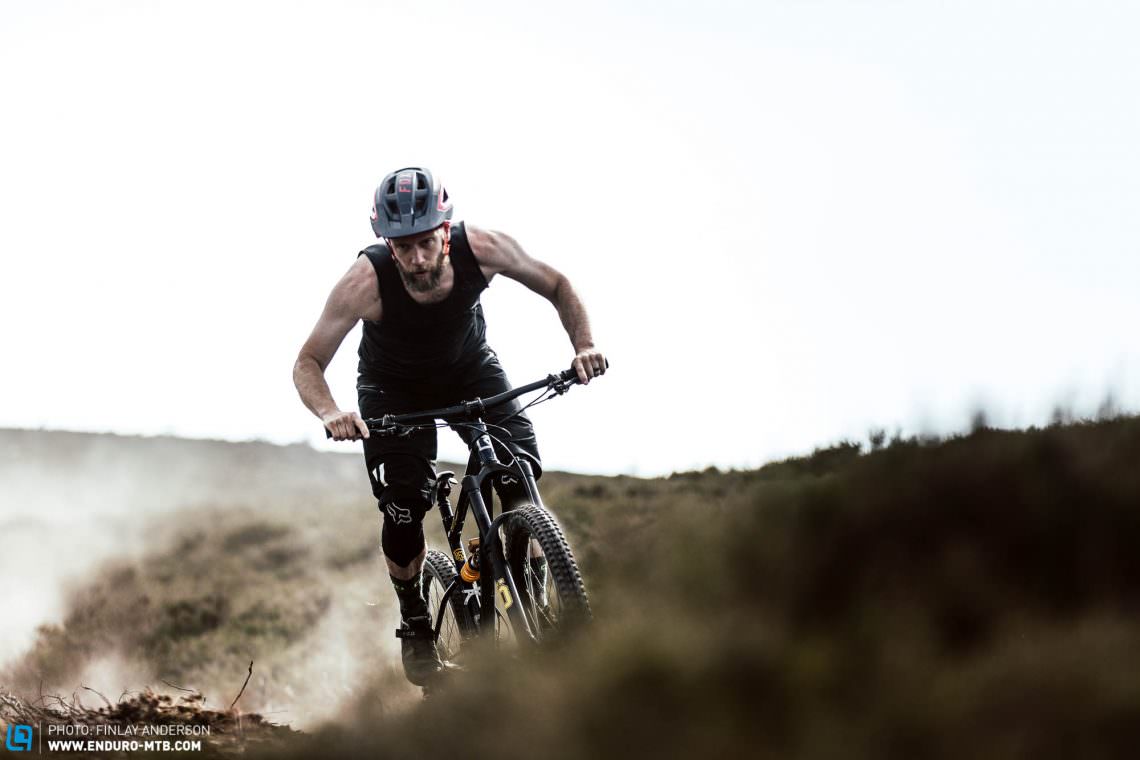
The Starling Twist is by no means a race bike. Yes, it’s fast, but to try and rush feels a bit like downing pints in the pub to get the night over faster. The Twist is all about fun in the turns.
Rolling into the fun bits of the ride, it’s easy to fall for the Starlings’ fun-loving nature. In fact, the tucked rear wheel adds fuel to the bike’s corner eating appetite of diving into inside lines like a cat chasing a mouse. When it comes to outright stability on flat-out terrain, the Starling cannot keep up with hard-chargers like the Cotic RocketMAX, seeing us hit the brakes earlier as the back end starts to kick under the onslaught. However, riders looking to bag KOMs would be better looking at the faster 29er Starling Murmur anyway. Where the Starling Twist makes the most sense is on playful trails. Here, it uses its slender steel rear triangle to its advantage, providing a lot of flex in a very good way. You can feel the bike tensing up in the middle of a deep turn, like a skier ready to release energy on the exit. Combined with the mullet build this adds up to riotous fun in back-to-back turns, cutting left and right like you are channelling your inner Sam Hill.
Like all suspension designs, the simple single-pivot is not without fault and charging through rock gardens hard on the brakes results in some firm tugs on the pedals from kickback. When not on the brakes, the Ohlins TTX22M coil is buttery smooth, with enough support to push against for cornering fun. On paper the linear suspension kinematic doesn’t look well suited to coil shocks, but whether down to the naturally compliant rear triangle or big bottom-out bumper (which steals some travel), we never felt a harsh bottom out, despite our best efforts at finding bad lines. The Ohlins RXF36 M.2 is not the most sensitive fork but feels more supportive the faster you go. We all disliked the FUNN Components grips, which feel like they have been greased when wet. While on paper the mixed callipers of the MAGURA MT Trail sound like a good idea, in reality, the two-piston rear feels underpowered, putting our finger strength to the test.

At these high prices, the nostalgic or ‘mythical’ properties of steel aren’t enough. There need to be performance benefits too.
For many, the less-is-more aesthetic and simple suspension design of the Starling Twist will be off-putting, but to others, it will represent easier servicing, easier setup and fuss-free riding. The Twist has a bespoke, handcrafted feel and uniquely champions not only the aesthetic of steel but also the ride feel possible with it. Speed freaks will find easier thrills elsewhere, so instead of shaving off seconds, we used them hunting down gaps and cheeky lines

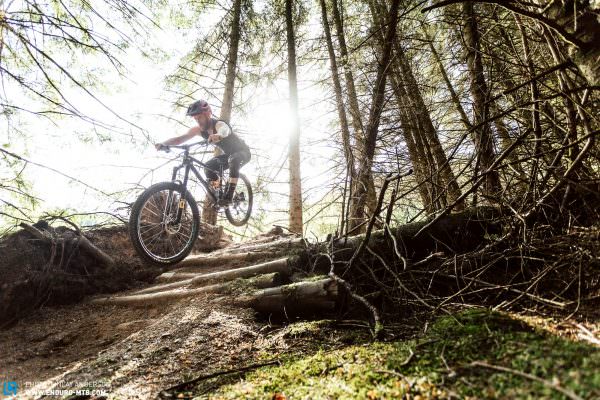
Tuning tips: different grips | mount more powerful brakes | buy some good flat pedals to make the most out of the drifty cornering
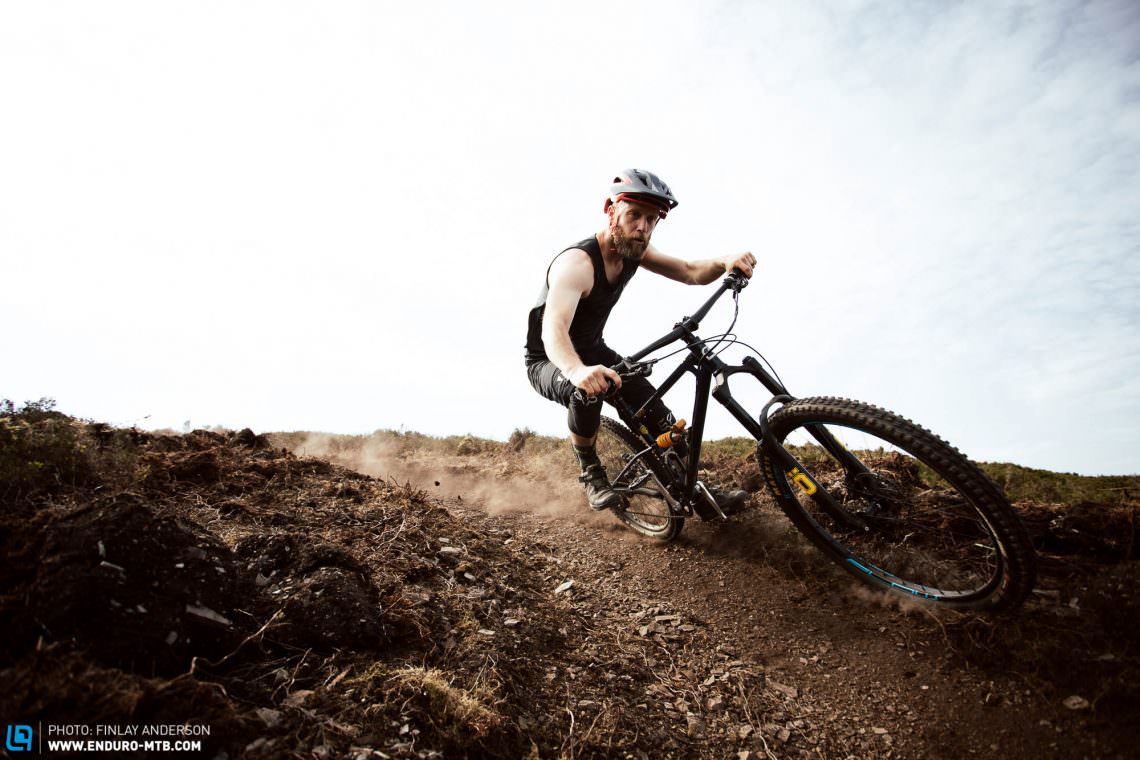
Conclusion
If the classic skinny lines of a steel-framed bike get you hot under the collar, you will find the Starling a thing of beauty. Playing to the strengths of steel, the mullet Twist is a refreshing concept that puts fun front and centre. A simple and effective tool for after-work shreds, not for finding the fastest line but the most fun.
Tops
- super fun to ride
- Ohlins TTX22M coil suits the bike
- sexy steel gussets and details
Flops
- mullet will not be for everyone
- brakes not powerful enough
- pedal kickback while braking
You can find out more about at starlingcycles.com
The test field
Click here for an overview of the 3 interesting steel enduro MTBs on test
All bikes in test: Cotic RocketMAX Gen3 (Click for review) | Pipedream The Full Moxie (Click for review) | Starling Twist
Did you enjoy this article? If so, we would be stoked if you decide to support us with a monthly contribution. By becoming a supporter of ENDURO, you will help secure a sustainable future for high-quality mountain bike journalism. Click here to learn more.
Words & Photos:









